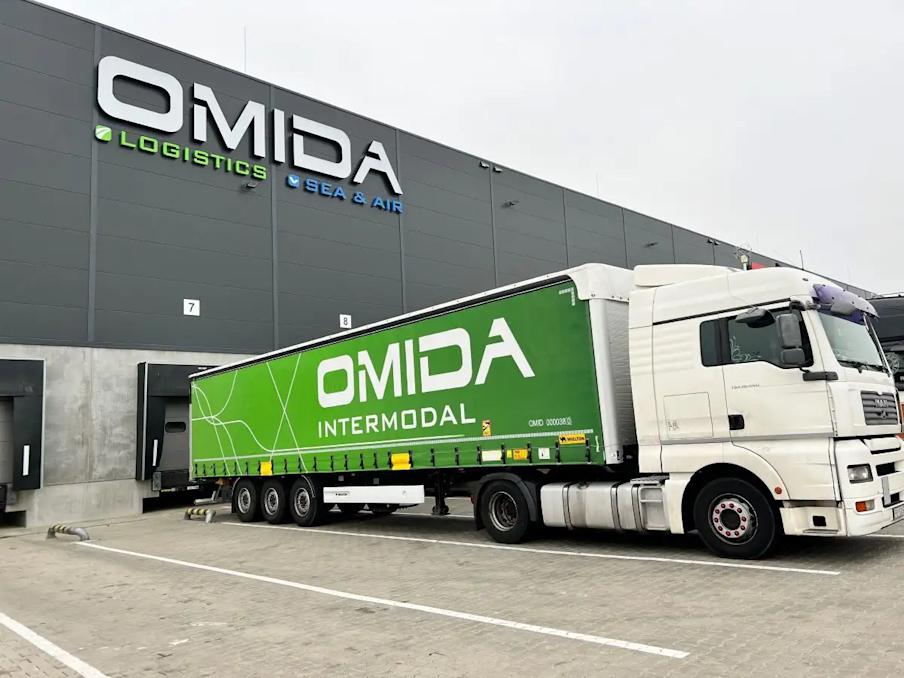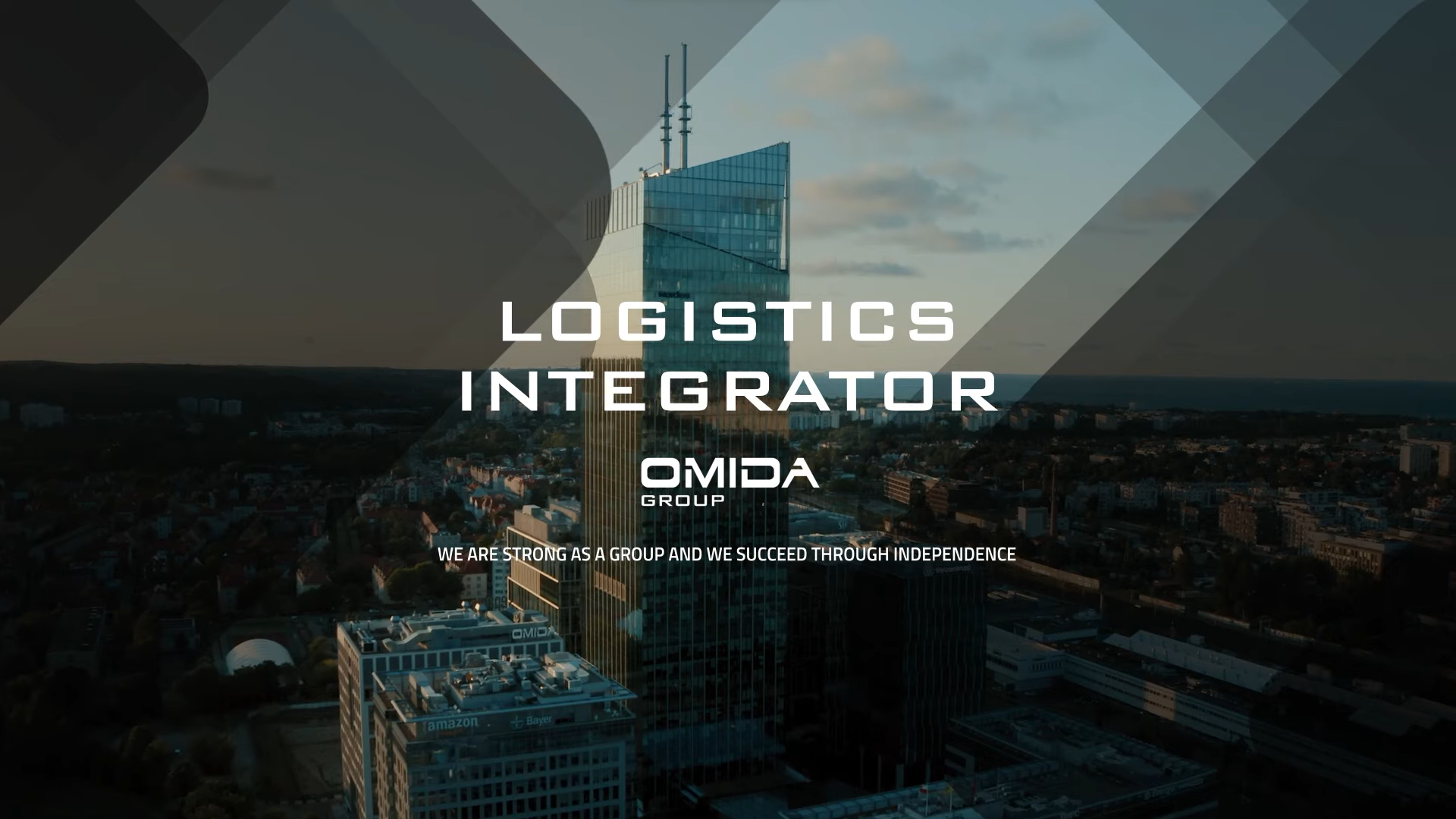The popularity of this method of transport has grown significantly in recent years, even despite the Covid-19 pandemic, Intermodal transport is being used more and more.
What is Intermodal transport?
Intermodal transport logistics involves changing the mode of transport, and owes its innovation to the use of a single unit of cargo, that is, in a semi-trailer or container. For intermodal transport, we use road transport for shorter distances and rail transport for longer distances. A single contractor, with whom a single contract is signed, is responsible for the entire service. An important difference from traditional road transport is that legal standards and regulations allow for a higher amount of cargo to be transported from 40 to 44 tons. This generates a number of benefits and advantages that are decisive when choosing the right type of transport.
What are the advantages of Intermodal transport?
First of all, Intermodal transport allows you to reduce costs, by automating and optimizing the delivery process. Because this type of transport consists of road, rail and sea transport, we ensure faster and timely delivery of cargo over huge distances beyond the country's borders. Intermodal transport primarily provides:
- an increase in the possibility of transporting a larger batch of cargo at one time, up to 26 tons of cargo in a single container,
- a reduction of up to 50% in transport costs over long distances,
- a stable price that is not subject to seasonal fluctuations, which facilitates business planning,
- optimization of the supply chain process,
- reduction of the risk of damage to goods or theft of goods. The container is closed by the shipper and only opened by the consignee. Eco-friendliness, resulting from reduced environmental pollution due to lower exhaust emissions (by as much as 60%) and reduced noise in urban areas,
- Increased road safety reducing road transports by 30% by 2030,
- no hourly restrictions or dependence on road conditions,
- modern door-to-door and just-in-time delivery options.
An undoubted improvement that will allow us to handle more cargo at the same time is the purchase of 200 dedicated trailers for intermodal transport, which we have already written about on our blog. A new addition to the fleet are the purchased 45' HC type shipping containers, which are the most capacious containers on the market, and the cargo itself is properly protected against moisture or potential theft.

What directions do we manage during Intermodal transport?
Intermodal transport offered by Omida VLS is focused on Europe, mainly between Poland and Germany and Spain. We use our company resources such as semi-trailers, containers or warehouse distributions in the vicinity of Warsaw, Gliwice and Poznan transporting cargo to Duisburg, to Bettembourg and to Barcelona, where our new branch specializing in Intermodal transport services was recently opened. We can pick up our customers' goods up to 300 km from unloading terminals in both Poland and Germany. Offering Intermodal transport across borders, we use road and rail transport. These two modes of transport have a direct impact on the speed of transport. We have cars in localities near terminals, used for first and last mile transport, reducing the distance of cargo transport to a minimum.
Given the numerous advantages of mixed forwarding, far outweighing its advantages, it is not surprising that this particular field of transport is growing rapidly. To improve transport processes in Poland and Europe, we encourage you to contact us by email and telephone, as well as through the carrier form available on the right.



